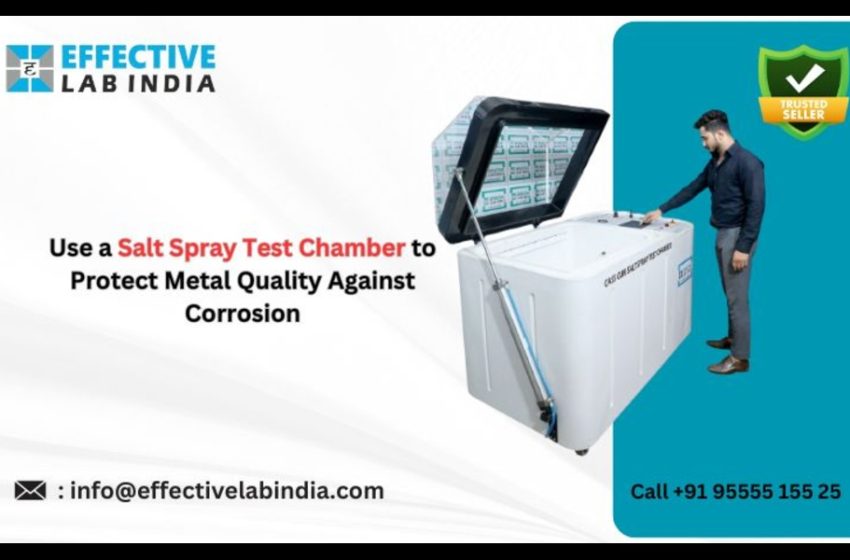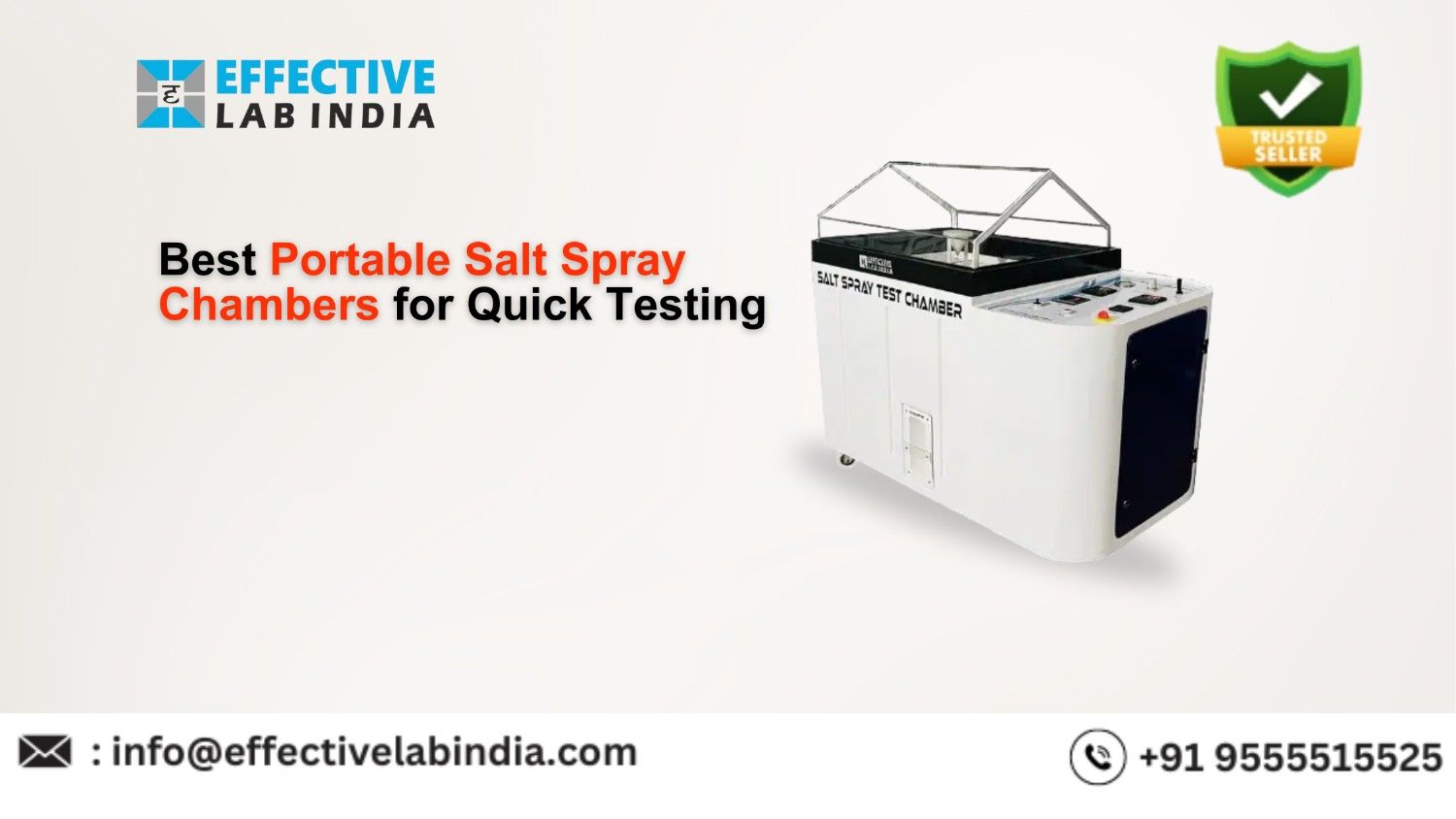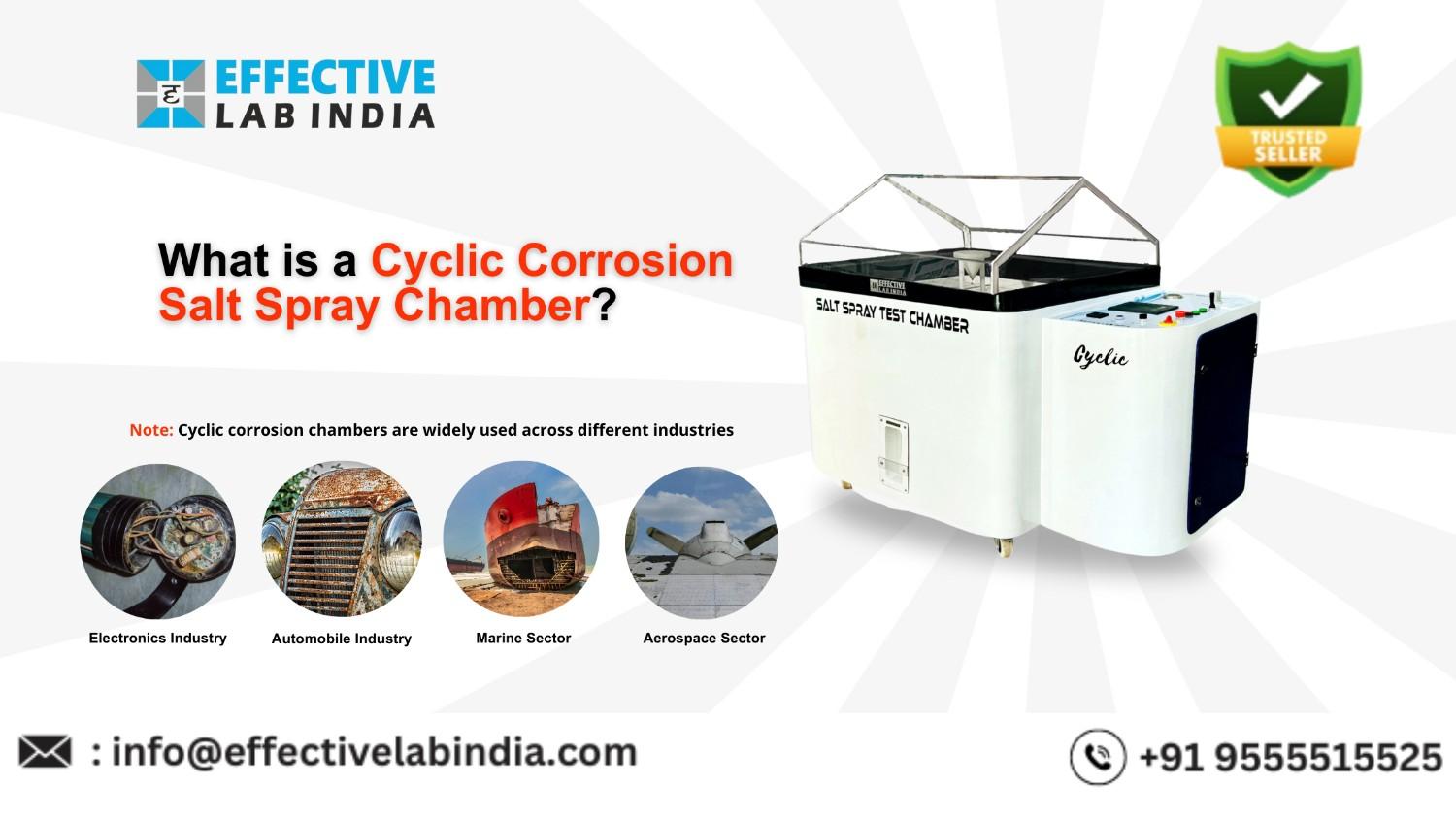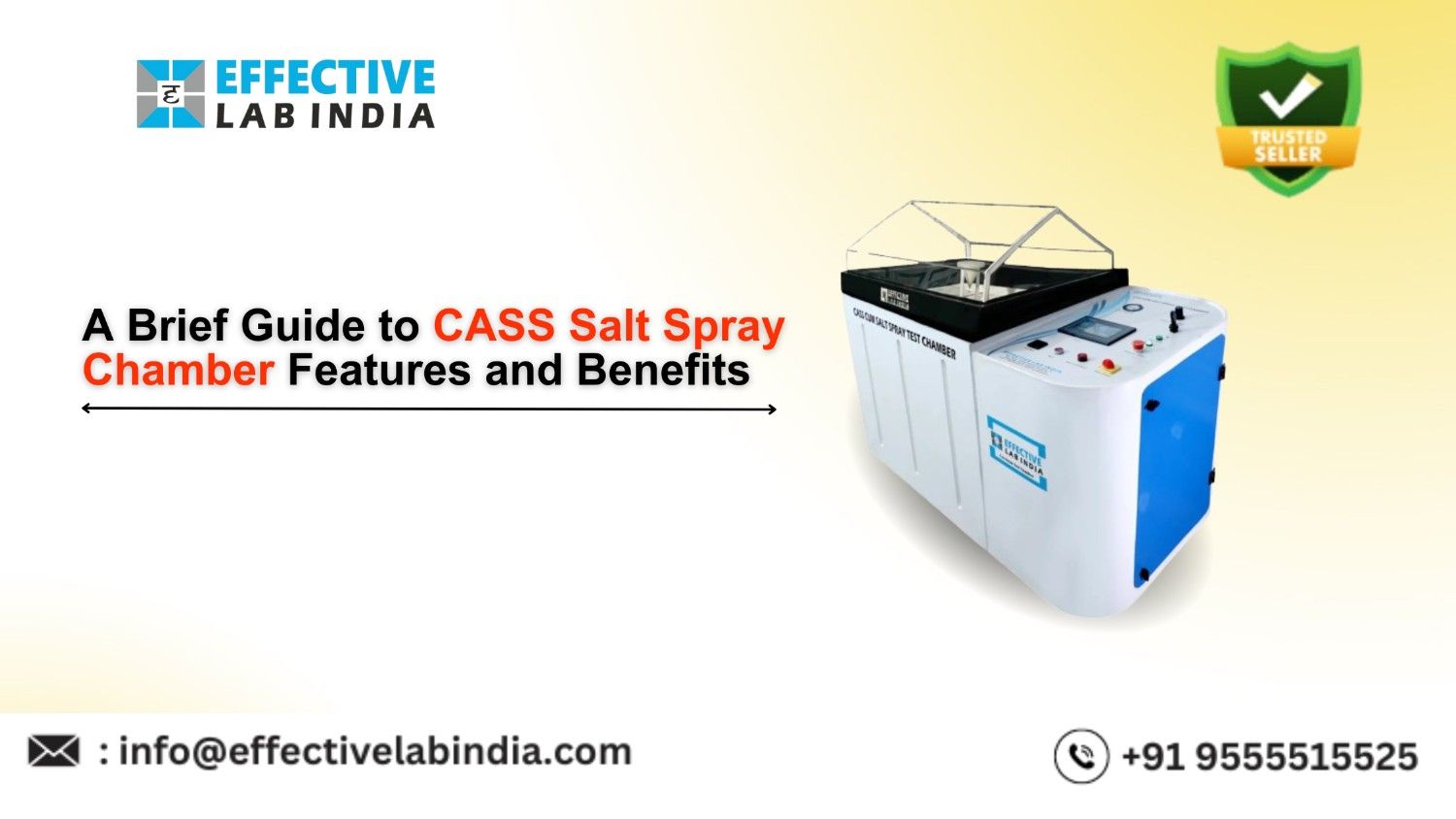Use a Salt Spray Test Chamber to Protect Metal Quality Against Corrosion

Natural processes such as corrosion cause metal products to gradually lose strength, appearance, and functionality. Metals undergo chemical reactions that result in rust and other types of corrosion. These reactions occur when they are subjected to severe environmental factors including moisture, salt, and oxygen. This reduces the metal’s lifetime and jeopardises its structural integrity, necessitating expensive repairs or replacements. One effective way to combat this issue is through testing. The Salt Spray Chamber is a useful instrument for this purpose.
What is a Salt Spray Test Chamber?
A specialised piece of lab equipment is called a salt spray test chamber. This equipment is used to mimic the corrosive effects of a salty environment. This chamber tests the effects on metals. Metal samples can be exposed to a thin mist of saltwater. The mist is typically a sodium chloride solution. These samples are exposed for prolonged periods of time in this chamber’s controlled atmosphere. Manufacturers and researchers use this test to assess the corrosion resistance of various metal finishes, coatings, and treatments.
How Does a Salt Spray Test Chamber Work?
The Salt Spray Test Chamber operates by spraying a fine mist of saltwater solution. This mist is directed onto metal specimens placed inside the chamber. The chamber is maintained at a specific temperature, usually around 35°C (95°F). The test duration can vary depending on the desired results. The salt spray creates an aggressive environment. It accelerates the corrosion process. This allows for a quick assessment of how well the metal can withstand such conditions.
Principal Advantages of Using a Test Chamber for Salinisation
Early Vulnerability Identification: Possible coating or treatment flaws can be found before they cause major harm. This is done by subjecting metals to a controlled corrosive environment.
Improved Product Quality: Manufacturers may guarantee higher-quality and longer-lasting materials. They use the findings of salt spray testing to improve the corrosion resistance of their metal goods.
Testing at a Lower Cost: Compared to long-term exposure studies, the test’s expedited nature allows for quick evaluation. This saves money and time.
Industry Standards Compliance: Materials must adhere to a number of industry standards on corrosion resistance. These include those related to the automotive, aerospace, and construction sectors. To make sure that items adhere to these rules, salt spray testing is helpful.
Applications of Salt Spray Test Chambers
Salt Spray Chambers are widely used across various industries to test the durability and longevity of metal products. Some common applications include:
- Automotive Components: Testing the corrosion resistance of car parts, such as body panels, fasteners, and exhaust systems.
- Marine Equipment: Assessing the durability of metal components used in ships, boats, and offshore structures.
- Construction Materials: Ensuring that metal parts used in buildings and infrastructure can withstand harsh weather conditions.
- Coatings and Paints: Evaluating the effectiveness of protective coatings applied to metals to prevent corrosion.
Choosing the Right Salt Spray Test Chamber
It’s very important to take into consideration several factors. These factors include test length capabilities, and temperature control. Also, industry standard compliance and chamber size should be considered when choosing a salt spray test machine. Reliable and consistent test results are assured by the robust, accurate, and user-friendly design of high-quality chambers.
In summary,
Preserving the integrity and durability of goods in several sectors necessitates safeguarding metal quality against corrosion. A salt spray test chamber offers a quick and easy way to assess a metal’s ability to withstand corrosion. The chamber helps producers create more dependable and long-lasting products. Companies may improve the quality of their products. They may lower the cost of corrosion damage.




